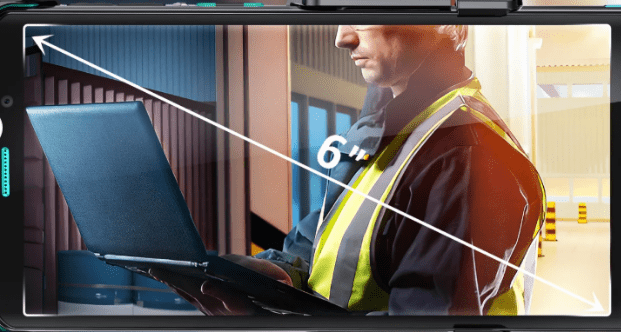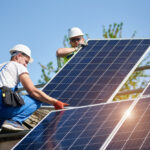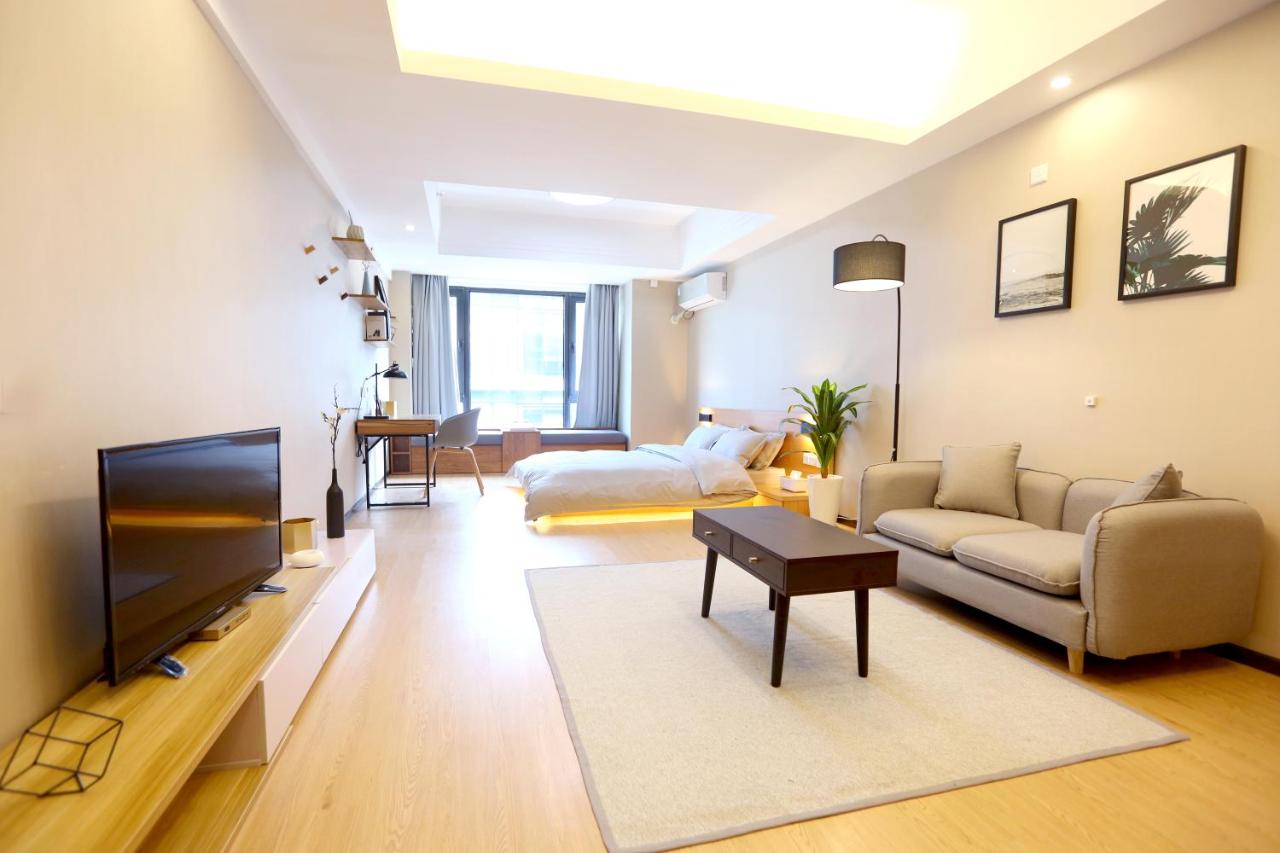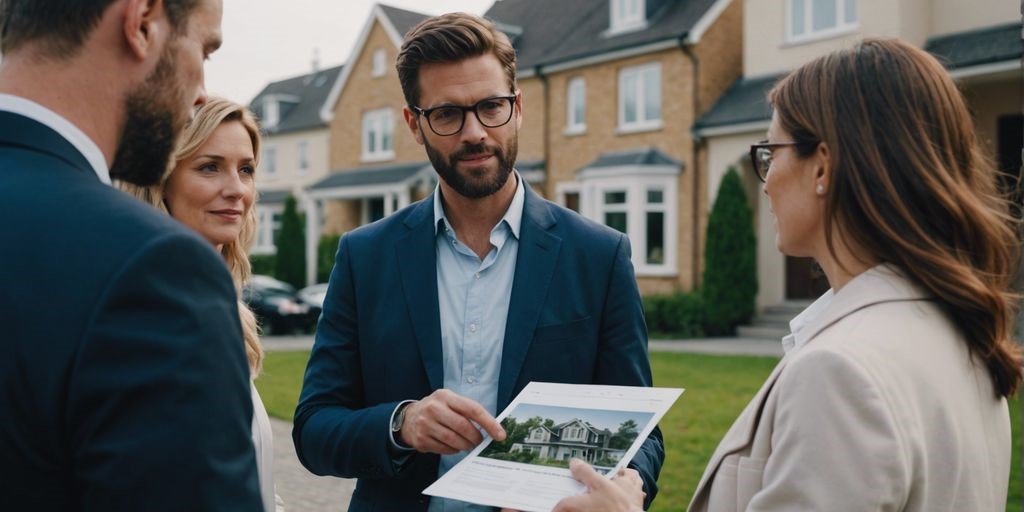- Efficiency is transforming the homebuilding industry by reducing build times, costs, and environmental impact.
- Modular home construction offers a more streamlined, customizable, and eco-friendly building method compared to traditional techniques.
- Energy-efficient materials and smart design choices lead to long-term savings in maintenance and utility costs for homeowners.
- Emerging technologies like 3D printing and AI-driven design tools are shaping the future of efficient, sustainable homebuilding.
The homebuilding market is evolving rapidly, with efficiency becoming a top priority for both builders and homeowners. Traditional methods of construction often come with significant drawbacks, like lengthy timelines, high costs, and excessive waste. However, modern techniques are transforming the industry, offering more streamlined and sustainable alternatives.
In today’s world, efficiency is not just about saving money—it’s about minimizing environmental impact, speeding up construction, and delivering homes that stand the test of time. Whether you’re planning to build a home or simply interested in the future of housing, understanding the importance of efficiency can help you make better choices.
The Changing Landscape of Homebuilding
The homebuilding industry is experiencing a significant shift, moving away from traditional methods toward more modern, efficient techniques. Conventional construction often involves prolonged timelines, unpredictable delays, and substantial material waste. Homeowners today expect faster builds and more sustainable practices, driving the industry to adopt innovative solutions.
Technology has been at the forefront of this transformation. From advanced planning software to energy-efficient construction materials, builders now have access to tools that streamline the entire process. This allows them to meet the growing demand for homes built with speed and precision while minimizing their environmental footprint.
As consumers become more eco-conscious, the demand for sustainable homes is rising. People are seeking energy-efficient designs and materials that reduce the long-term impact on both the planet and their wallets. This push for efficiency has led to the rise of modern home building techniques that promise not only quicker turnaround times but also long-lasting, environmentally friendly structures.
Modular Construction and Efficiency
Modular home construction has emerged as one of the most efficient methods in the homebuilding industry today. Unlike traditional builds, where homes are constructed on-site, modular homes are built off-site in controlled factory settings. This process allows for better quality control, reduced material waste, and quicker assembly once the modules are transported to the building site.
The efficiency of modular homes comes from their streamlined production. Builders can construct multiple modules simultaneously, dramatically cutting down the overall building timeline. In addition to speed, these homes require fewer raw materials, contributing to less waste and a smaller carbon footprint.
Another significant benefit of modular construction is its customization potential. Homeowners can choose from a range of designs and features, tailoring the home to their specific needs without the long wait times or high costs traditionally associated with custom-built homes. This combination of speed, efficiency, and personalization is what makes modular homes an increasingly popular choice in today’s market.
Efficiency in Materials and Design
Efficiency in homebuilding goes beyond just the construction process—it extends to the materials and design choices made along the way. Selecting energy-efficient materials is one of the most critical steps toward creating a home that’s both cost-effective and sustainable. From insulated walls to high-performance windows, every component of the house can contribute to reduced energy usage and lower utility bills.
Smart design also plays a crucial role in maximizing efficiency. Thoughtful floor plans can optimize natural light, ventilation, and space usage, reducing the need for artificial lighting and excessive heating or cooling. For example, designing homes with open spaces or strategically placing windows can cut down on energy consumption by leveraging natural light and airflow.
Innovations like eco-friendly building materials, including recycled steel and sustainable wood, are gaining popularity as homeowners seek greener alternatives. Similarly, energy-efficient appliances and fixtures, such as low-flow faucets and LED lighting, further contribute to long-term savings. These choices not only reduce the environmental impact but also enhance the comfort and functionality of the home.
Cost Savings and Long-term Benefits
One of the most appealing aspects of efficiency in homebuilding is the significant cost savings it can offer. Homes built with an emphasis on efficiency often come with lower upfront construction costs, especially when modular construction is used. The streamlined process, reduced labor hours, and minimized waste all contribute to a more affordable building experience.
But the savings don’t stop at construction. Efficient homes tend to have lower energy and maintenance costs over time, making them more cost-effective in the long run. Well-insulated walls, energy-efficient windows, and smart heating and cooling systems can dramatically reduce utility bills, offering homeowners a return on investment that grows over the years.
Additionally, homes built with efficiency in mind often have higher resale values. As more buyers prioritize sustainability and cost-saving features, efficient homes become a more attractive option in the real estate market. This makes investing in efficiency not just a short-term win, but a long-term benefit for homeowners.
What’s Next for Efficient Homebuilding?
The future of efficient home building looks promising, with several emerging trends set to revolutionize the industry. One of the most exciting developments is the rise of 3D printing in construction. This technology enables homes to be printed layer by layer, reducing waste, cutting labor costs, and speeding up the building process. As 3D printing becomes more advanced, it could offer an even more efficient alternative to traditional and modular construction.
Another innovation gaining traction is the use of AI-driven design tools. These technologies allow architects and builders to optimize home designs for energy efficiency and space utilization. With AI, builders can predict potential issues and make adjustments before construction even begins, reducing costly delays and improving the overall quality of the build.
Modular home construction is also expected to play a larger role in the future of homebuilding. As demand for quicker, more sustainable housing solutions grows, modular homes are becoming a preferred choice. Their flexibility, combined with continued advancements in materials and technology, positions modular homes as a leading option for efficient, eco-friendly construction in the coming years.
Conclusion
Efficiency is shaping the future of the homebuilding market, offering benefits that go far beyond shorter build times and lower costs. Modern methods, such as modular home construction, are at the forefront of this movement, delivering sustainable, customizable, and cost-effective housing solutions.
As the industry continues to innovate with new technologies and materials, the focus on efficiency will only increase. Homeowners and builders alike stand to gain from embracing these trends, ensuring that homes are built not only faster but smarter, with long-term benefits for both the environment and their wallets.










